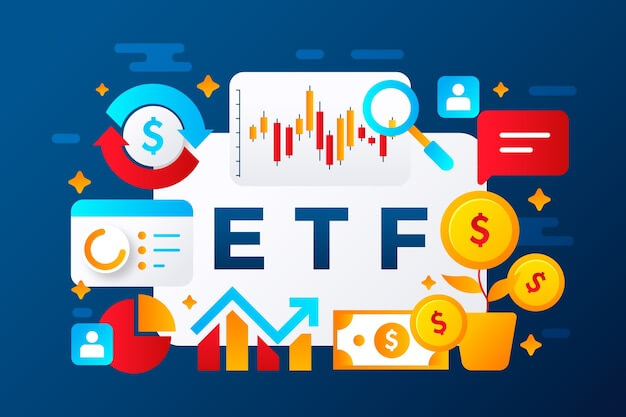What is ETF Fund
The exchange traded open-end index fund, also known as Exchange Traded Funds ("ETF" for short), is an open-end fund that is listed on the exchange and has variable fund shares.
Precautions for stock index futures trading
It is often said that the arbitrage principle of stock index futures and spot index refers to the trading strategy of investing in stock index futures contracts and corresponding packages of stocks to seek profits from the price differences of the same group of stocks in the futures and spot markets.
What are the types of bonds
There are many kinds of bonds, which can be divided into many categories according to different standards
Basic knowledge of stock introduction: the origin of stock
Stocks are now nearly 400 years old. The earliest stock market arose in 1602 when the Dutch and British established overseas trading companies. These companies are established by raising share capital and have obvious characteristics of joint-stock companies; they have legal person status; a board of directors is established; the general meeting of shareholders is the company's highest authority; dividends are distributed according to shares; and a limited liability system is implemented. The successful operation and rapid development of the joint-stock company made more enterprises follow suit.
How To Increase Positions in Stocks
Why should we add positions into the investment instead of opening a position in place at once.
What is a bond? How important are bonds?
Stocks and bonds are the most common investment products. Many people have been exposed to stocks, but few people can understand bonds. When it comes to bonds, there are always a series of question marks: what is a bond, whether it is worth investing, where to buy bonds... Bonds seem far away from us. In fact, bonds are a very basic investment product, which is also very convenient for investment. For most people, investing in bonds is more appropriate than investing in stocks. Why? This article will introduce you to bonds, bond investment, and the importance of bonds in household asset management (the importance may exceed your imagination).
What is a fund
As a way of investment and financing, funds are favored by more and more investors. Fund is a kind of indirect investment tool, which is very different from stock bond, futures, foreign exchange and other investment forms. Now let's get to know the Fund. There are many fund products on the market now. By learning the relevant knowledge of funds, investors can help distinguish the types of fund products and choose the funds that are suitable for them.
What Does a High Stock Turnover Rate Indicate?
A high turnover rate indicates that: the stock has a low lock-up rate.
Basic knowledge about national debt
National debt, also known as national public debt, is the relationship between the creditor's rights and the debtor's rights formed by the state, based on its credit and according to the general principle of debt, by raising funds from the society.
What is fund income distribution
Fund income distribution refers to the distribution of the net income of the Fund to fund holders in proportion to the number of fund units held. If the fund has lost money in the previous year, the current year's income shall be used to make up for the previous year's loss. If there is still any surplus after the fund's loss has been fully made up, the current year's income can be distributed. If the Fund suffers losses in the current year and has no net income, no income distribution shall be made.














